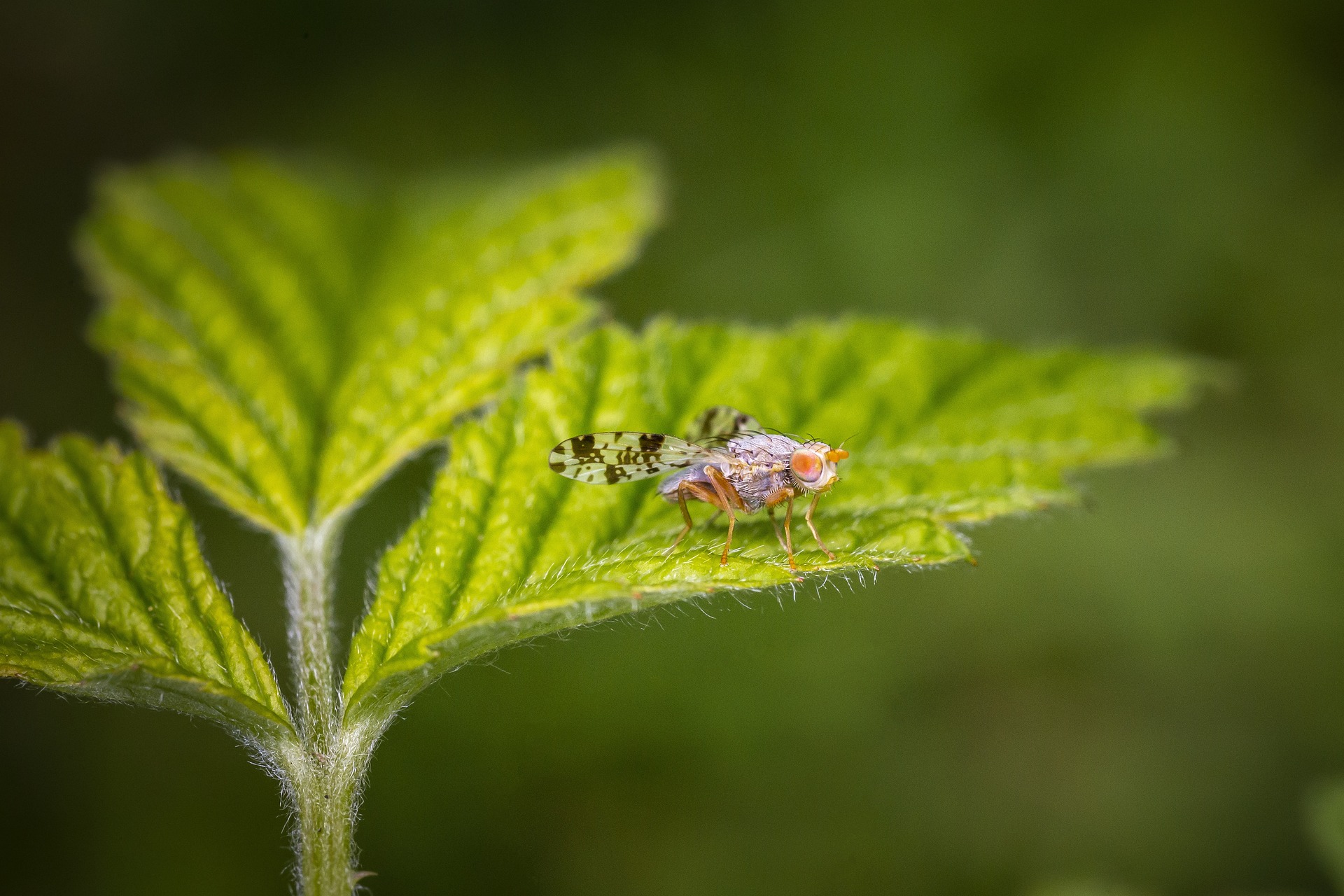The Spotted March Fly (Trypetoptera punctulata) is a member of the family Rhagionidae, commonly known as snipe flies. These flies are notable for their distinctive markings and are often observed in various habitats. Here is an overview of their characteristics and behavior:
Appearance:
- Size: Spotted March Flies are medium-sized flies, typically measuring around 6 to 9 millimeters in length.
- Coloration: They have a black or dark brown body with distinctive white or yellowish spots or patches on their wings and thorax.
- Wings: The wings are clear but adorned with characteristic spots or dark markings, which help in identifying the species.
- Body Structure: They have a slender, elongated body with long legs, which are adapted for perching on vegetation.
Habitat:
- Preferred Habitats: Spotted March Flies are commonly found in moist environments such as wetlands, marshes, and near streams or ponds. They can also be seen in meadows and woodlands.
- Geographic Range: This species is distributed across parts of Europe and possibly other temperate regions.
Behavior:
- Feeding: Adult Spotted March Flies feed on nectar and other plant exudates, playing a role in pollination. The larvae are typically predaceous, feeding on small invertebrates in the soil or leaf litter.
- Flight: These flies are strong fliers and are often seen hovering or flying slowly in search of food or mates.
- Mating: Mating behaviors include males displaying in flight to attract females. After mating, females lay eggs in moist soil or decaying organic matter.
Life Cycle:
- Eggs: Eggs are laid in moist environments where the larvae will have access to prey or organic material.
- Larvae: The larvae are elongated, legless, and have a distinct head capsule. They are predatory, feeding on small invertebrates.
- Pupation: Larvae pupate in the soil or leaf litter, undergoing metamorphosis before emerging as adults.
- Adults: Adults are typically seen from late spring to early autumn, depending on the climate.
Ecological Role:
- Pollination: By feeding on nectar, Spotted March Flies contribute to the pollination of various plants, aiding in their reproduction.
- Predation: The predatory larvae help control populations of small invertebrates, contributing to the ecological balance in their habitats.
Conservation Status:
- Population: Spotted March Flies are generally not considered threatened and are relatively common in suitable habitats.
- Threats: Habitat loss, pollution, and climate change could impact their populations by altering the availability of suitable environments for their development.
Interesting Facts:
- Wing Markings: The distinctive spotted markings on their wings make Spotted March Flies easily recognizable and help distinguish them from other fly species.
- Behavioral Adaptations: Their strong flight and hovering abilities enable them to navigate complex environments in search of food and mates.
- Larval Ecology: The predatory nature of the larvae means they play an important role in controlling soil-dwelling invertebrate populations.
In summary, the Spotted March Fly (Trypetoptera punctulata) is a distinctive and ecologically significant species known for its spotted wings and predatory larvae. Found in moist environments, these flies contribute to pollination and help regulate invertebrate populations in their habitats. Their adaptability and widespread distribution make them a notable presence in many temperate ecosystems.
Visited 1 times, 1 visit(s) today
Views: 9
Subscribe to the newsletter:
